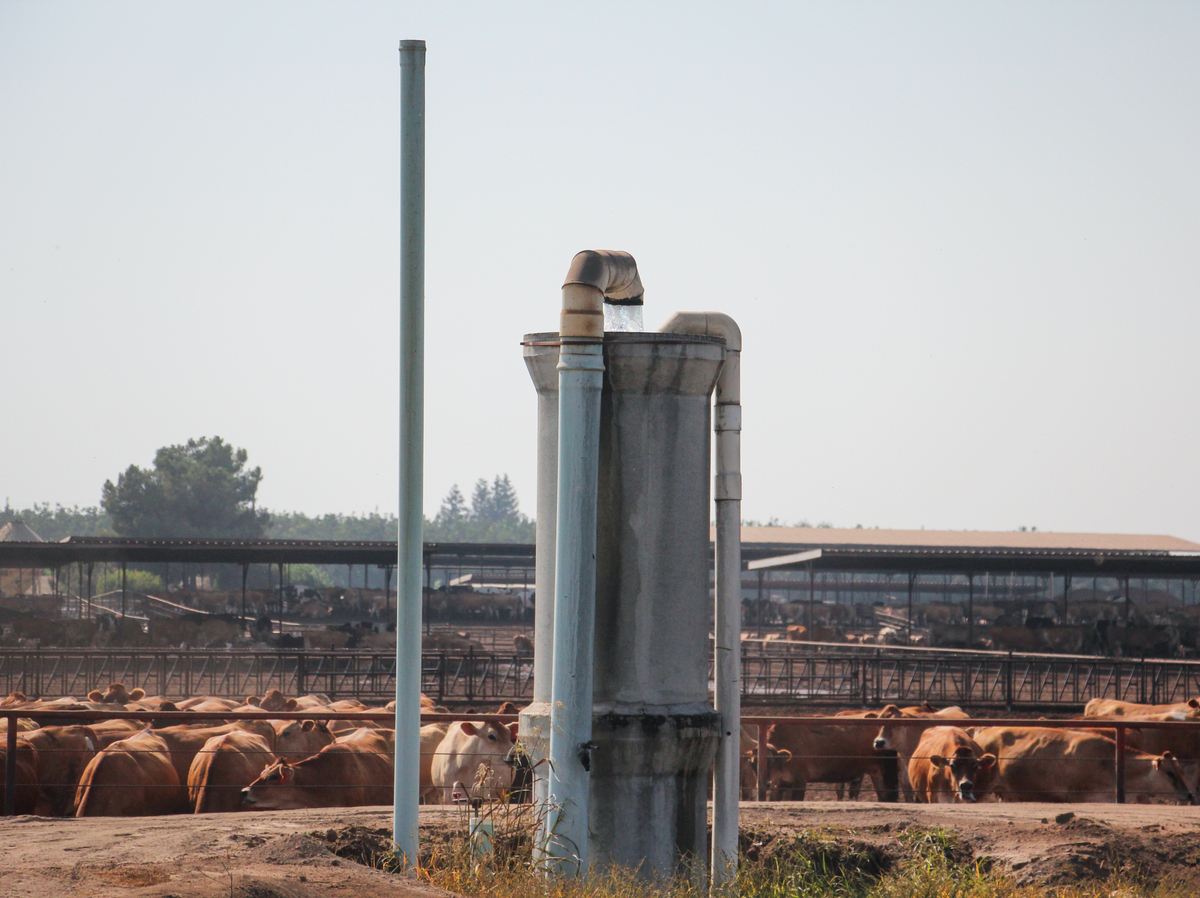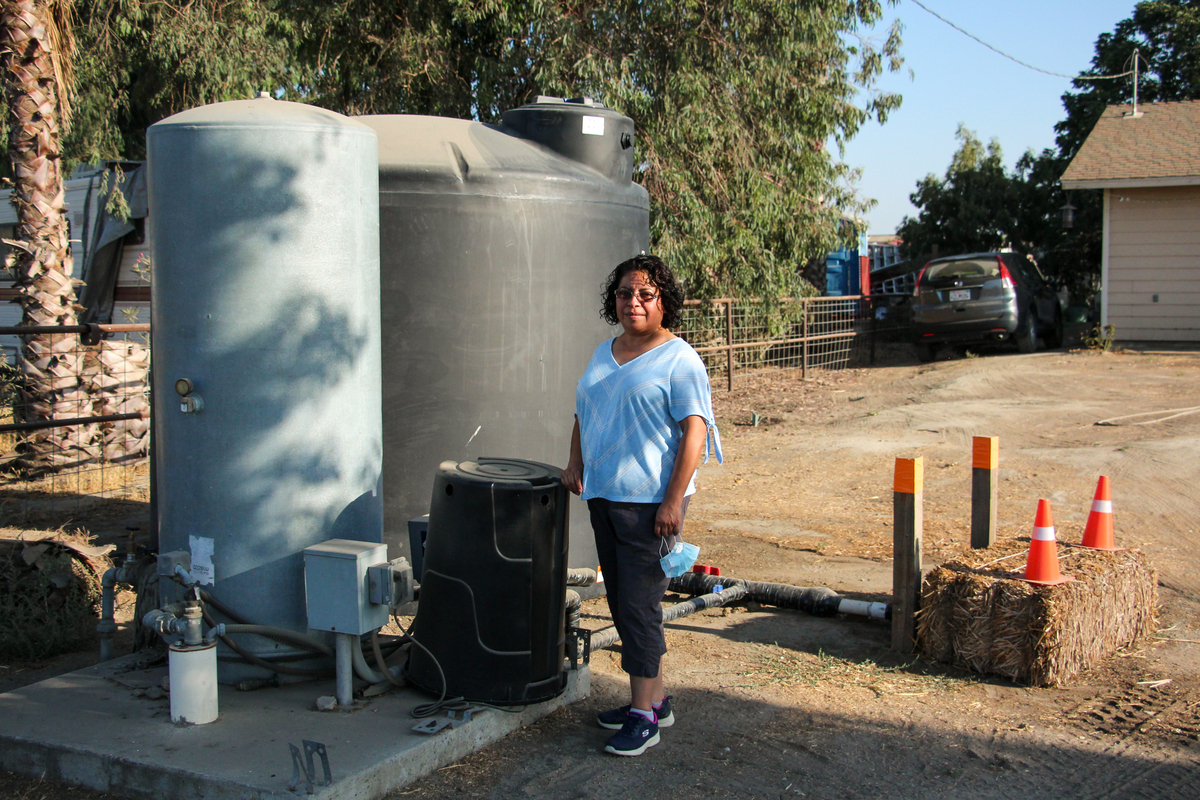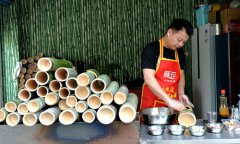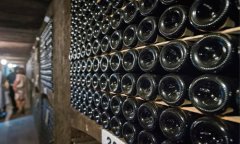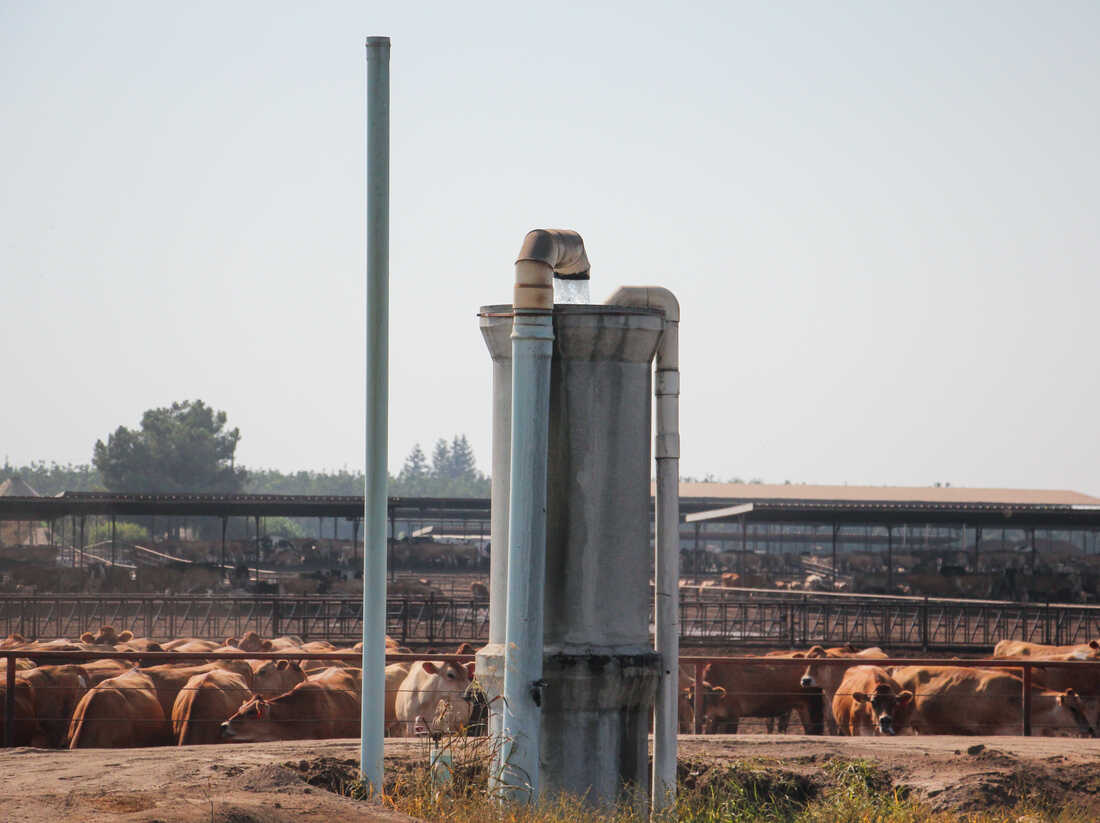
Enlarge this image
In a farming area east of Tulare, Calif., fields of corn and dairy herds depend on water from wells like this one. The state is now limiting the use of this groundwater. Dan Charles/NPR hide caption
toggle caption Dan Charles/NPR
In a farming area east of Tulare, Calif., fields of corn and dairy herds depend on water from wells like this one. The state is now limiting the use of this groundwater.
Dan Charles/NPRCalifornia's agricultural empire is facing a shakeup, as a state law comes into effect that will limit many farmers' access to water.
The seven-year-old law is supposed to stop the from depleted aquifers, and some farmers — the largest users of that water — concede the limits are overdue.
The state grows roughly 40% of the country's vegetables, fruit and nuts. But it's also famously prone to drought, and in those dry years, when farms run short of water from rivers and reservoirs, they turn on powerful pumps and draw well water from aquifers.
The limits on that water use will force many farmers to scrap practices that relied on unfettered access to that shrinking underground reservoir. "It's unsustainable to continue over-drafting the aquifer the way we are," said Rick Cosyns, a farmer near the town of Madera, just north of Fresno. "It's just a race to the bottom." (Cosyns was interviewed in August. He died unexpectedly on Sept. 7.)
This year's drought hit hard and fast. With rivers running low, there's little "surface water" available for agriculture. As a result, farmers' pumps ran hard this summer. Big pipes that emerge from the ground alongside fields and orchards delivered powerful gushers of water. State-wide, farmers to pumped an estimated six to seven million additional acre-feet of water this year, above what they normally use. (An acre-foot of water is 325,851 gallons.)
It kept fields and orchards green and productive, but there's collateral damage. Those deep agricultural wells suck the water out from underneath smaller domestic wells, like the one at Esther Espinoza's house outside the small town of Riverdale. "I see how the big pumps are pumping water, and we don't have water. It's something so sad for me," Espinoza says. "We have water for nothing. For the bathroom, or the kitchen. It's something which is so necessary, [that] we don't have."
She and her family now depend on water from a big black tank in their front yard, which a local non-profit fills up each week. Hundreds, and probably thousands, of households are in this situation, most of them in the southern part of the Central Valley, where aquifers are most depleted.
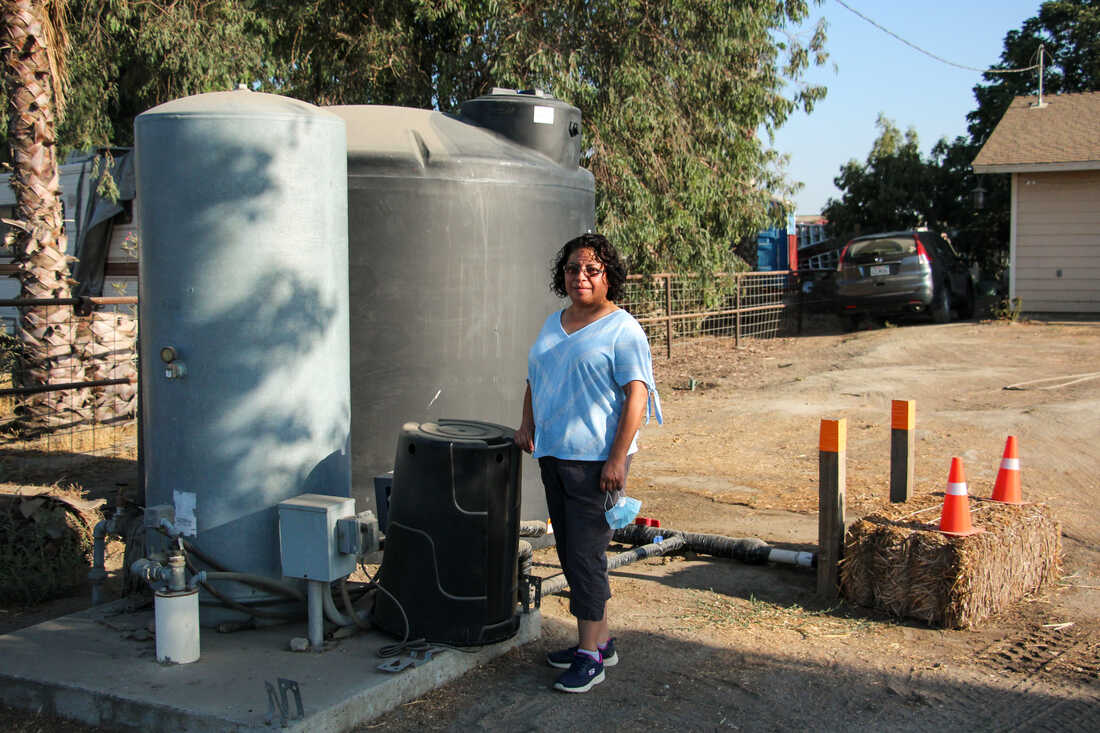
Enlarge this image
The well at Esther Espinoza's house in Riverdale, Calif., ran dry. A local nonprofit organization delivered a tank and fills it with water, but Espinoza worries that it's not a reliable water supply. Dan Charles/NPR hide caption
toggle caption Dan Charles/NPR
The well at Esther Espinoza's house in Riverdale, Calif., ran dry. A local nonprofit organization delivered a tank and fills it with water, but Espinoza worries that it's not a reliable water supply.
Dan Charles/NPRFor 100 years in California, anyone could dig a well on their land and pump as much as they wanted. Farmers got most of it. They pumped so much water that the underground water table fell by more than 100 feet in some places. The ground itself subsided as water was pumped out from underneath it.
All that's supposed to end. The Sustainable Groundwater Management Act (SGMA), passed in 2014 but just now going into effect, treats the aquifer like a bank account that has to stay in balance. There can be withdrawals of water, but they cannot exceed the rate at which the aquifer is replenished.
The new restrictions are creating winners and losers among farmers.
Cosyns's farm, near Madera, is among the fortunate ones. It has another source of water. It's part of an irrigation district set up a century ago to distribute water from nearby rivers to farmers. Most of that water, today, is captured by a dam on the San Joaquin River.
A deep irrigation ditch runs alongside the almond orchard. It's empty this year because of the drought. "I'd sure feel better if this was full of water, and most years it is," Cosysns said.
